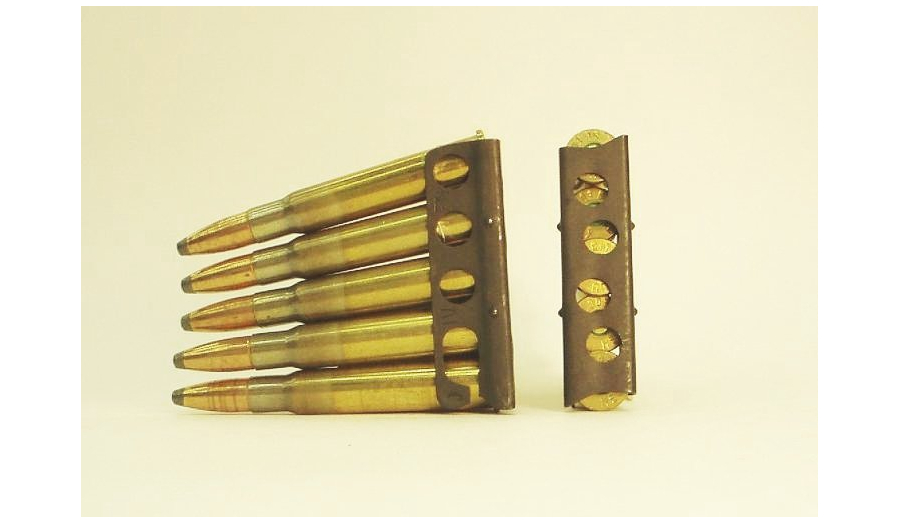Very few cartridges survived the transition from blackpowder to smokeless powder, with most of them being “cowboy”-type cartridges used in revolvers and lever-action rifles. And most of those were larger-caliber cartridges around .44- to .45-caliber or higher. But there’s one prominent smallbore cartridge that managed the transition to smokeless powder: the .303 British.
The fact that .303 British was first issued as a blackpowder cartridge already made it a bit of an anomaly. By that time, 1888, smokeless powder cartridges such as the 8x57mm Mauser and 8mm Lebel were already being issued in Germany and France. So issuing a blackpowder cartridge put Great Britain behind the curve.
The British caught up quickly, however, switching to Cordite smokeless powder in 1891. And from then on out, the .303 British underwent numerous changes over the succeeding decades, providing useful service to the British Army.
It was the development of the so-called “dum-dum” bullet in the .303 British round that led to the ban on expanding bullets for military use. British forces had cut the tips of their bullets, exposing the lead core. That caused the bullet to act as a standard softpoint or hollowpoint bullet, expanding inside human tissue. The concern over that bullet expansion led to the banning of expanding bullets in combat, a ban that continues today.
The .303 British was originally issued with a 215-grain roundnose bullet, like many of its contemporary cartridge competitors. The original blackpowder loading caused the bullet to leave the muzzle at around 1,850 feet per second, for about 1,600 foot-pounds of muzzle energy. The first smokeless powder loads increased velocity to about 2,050 feet per second, for about 2,000 foot-pounds of muzzle energy.
Inspired by developments in France and Germany, the British in 1910 introduced the Mk VII version of the .303 British cartridge, featuring a flat-based 174-grain bullet traveling at 2,440 feet per second, for about 2,300 foot-pounds of muzzle energy. Finally, the Mk VIIIz version was introduced in 1938, featuring a 175-grain bullet at 2,525 feed per second, for nearly 2,500 foot-pounds of muzzle energy. That put the cartridge roughly in the same power category as the .308 Winchester and .30-06 Springfield.
The .303 British cartridge saw significant service in British hands, throughout Europe, Africa, and Asia. It was even adopted by forces in other European countries’ colonies such as in the Dutch East Indies. The availability of surplus Lee-Enfield rifles in the United States made the .303 British cartridge a popular one among American shooters in recent years. And while supplies of the rifle have largely dried up, ammunition remains readily available.
New production steel-cased ammunition can be found for around 40 cents per round, surplus British ammunition for around 50 cents per round, and new production brass-cased ammunition for around 60 cents per round. While there are certainly more popular and more effective rounds in existence, the .303 British shouldn’t be discounted completely. If you’re looking for a solid rifle cartridge to see you through a survival situation, you could do worse than with .303 British.
This article was originally posted on Red Tea News.





